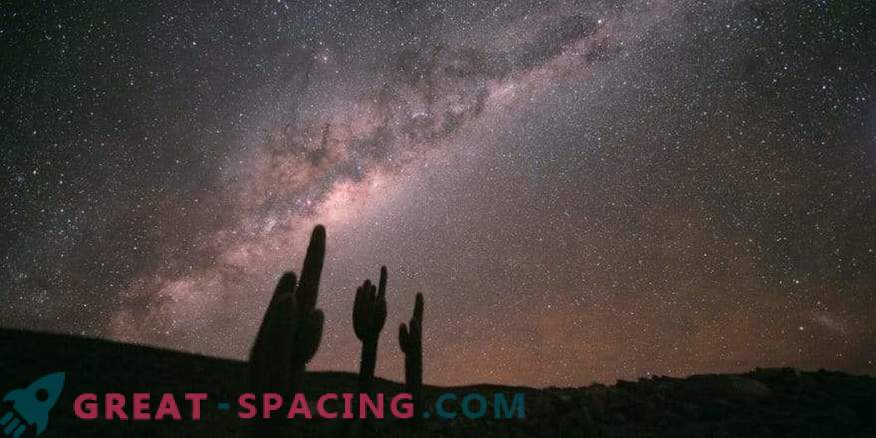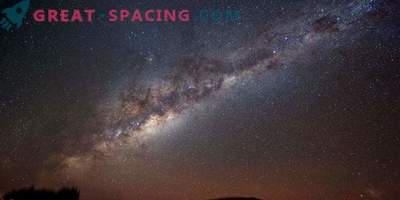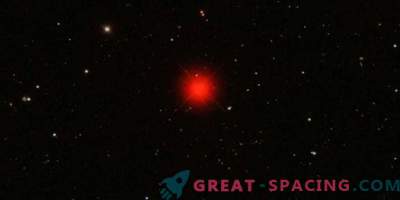
Researchers from the Institute of Astrophysics of Canada and the National Astronomical Observatory in Beijing reported an interesting detail. If we could travel at the speed of light, we had to spend 200,000 years to cross the disk of our galaxy.
Spiral galaxies, like the Milky Way, are endowed with extremely thin disks containing the main part of their stars. These disks are limited in size, so there are very few stars beyond the limit of a specific radius.
Some stars are located twice as far as the Sun, and therefore it rotates somewhere in the half of the galactic radius. Now we know that there are stars that live three times farther away, and some - four times more than our distance.
When studying the Milky Way, it is important not to forget that it is represented by a rotating disk, spiral arms and a halo. The study compared the abundance of metals (heavy elements) in the stars of the galactic plane with halo regions. It turned out that at large distances there is a mixture of disks and halogen stars. For the analysis, we used a statistical sample from APOGEE and LAMOST — two projects that obtained the spectra of stars to extract information about their velocities and chemical composition. Using data on metals and distances, on which objects are located, it was possible to show that there is a significant part of stars with a higher metallicity characteristic of the disk. But they are further than the previously estimated limit of the galactic radius. This means that the size of the disk itself is larger than previous studies have shown.











































